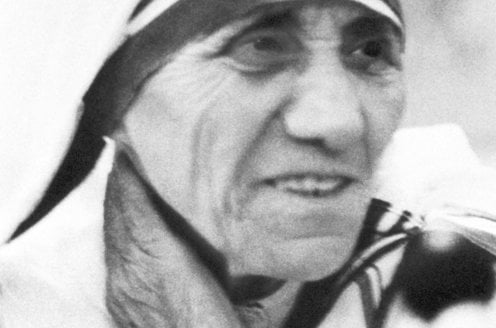forkintheroad7
Platinum Member
- Apr 22, 2024
- 3,794
- 2,231
- 928
Well, obviously, not all religions are true. Christ only has ONE religion. . it's all He needed, but humans are complicated.. read: sinful and rebellious"Heaven's Gate".
Follow along with the video below to see how to install our site as a web app on your home screen.
Note: This feature may not be available in some browsers.
Well, obviously, not all religions are true. Christ only has ONE religion. . it's all He needed, but humans are complicated.. read: sinful and rebellious"Heaven's Gate".
Marshall Applewhite had a simpler solution.
never heard of him
"Heaven's Gate".
He castrated himself and then they all committed suicide.Well, obviously, not all religions are true. .....
I knew about the suicides but not the castrationHe castrated himself and then they all committed suicide.
I'd have to find and watch the documentaries again to know. I do know that she spent the money on spreading Christianity rather than alleviate the suffering of the dying. She just let them die in agony claiming it was God’s punishment for their sins.

There are several documentaries and videos showing that Mother Terese didn't do Jack Shit for the suffering but collected gazllions for building Christian Churches. I'd have to find and watch the documentaries again to know. I do know that she spent the money on spreading Christianity rather than alleviate the suffering of the dying. She just let them die in agony claiming it was God’s punishment for their sins.
You mean like Wikepedia that you just quoted?You would be much better off reading a book or an Encyclopedia instead of nonsensical conspiracy theory documentarie

Encyclopedia Britannica:You mean like Wikepedia that you just quoted?
The aim of the Missionary Sisters of Charity is to devote themselves heart and soul and exclusively to the material and spiritual welfare of all destitute people, the helpless poor, neglected children, the abandoned sick, lepers, and deserving beggars—in short all those unfortunates who, either through their own neglect or through lack of public concern, are left to drift through life without help or hope.


You would be much better off reading a book or an Encyclopedia instead of nonsensical conspiracy theory documentaries ......

Mother Teresa - Wikipedia
en.wikipedia.org
You mean like Wikepedia that you just quoted?
You linked Wikipedia. It's in your quote.Encyclopedia Britannica:
You linked Wikipedia. It's in your quote.
You linked Wikipedia. It's in your quote.
Right.Yes, I did.
Too late. I don't care any more.Then I went on to quote both Britannica and The Nobel Peace Prize Org for further reference.
Why not?I don't care any more.